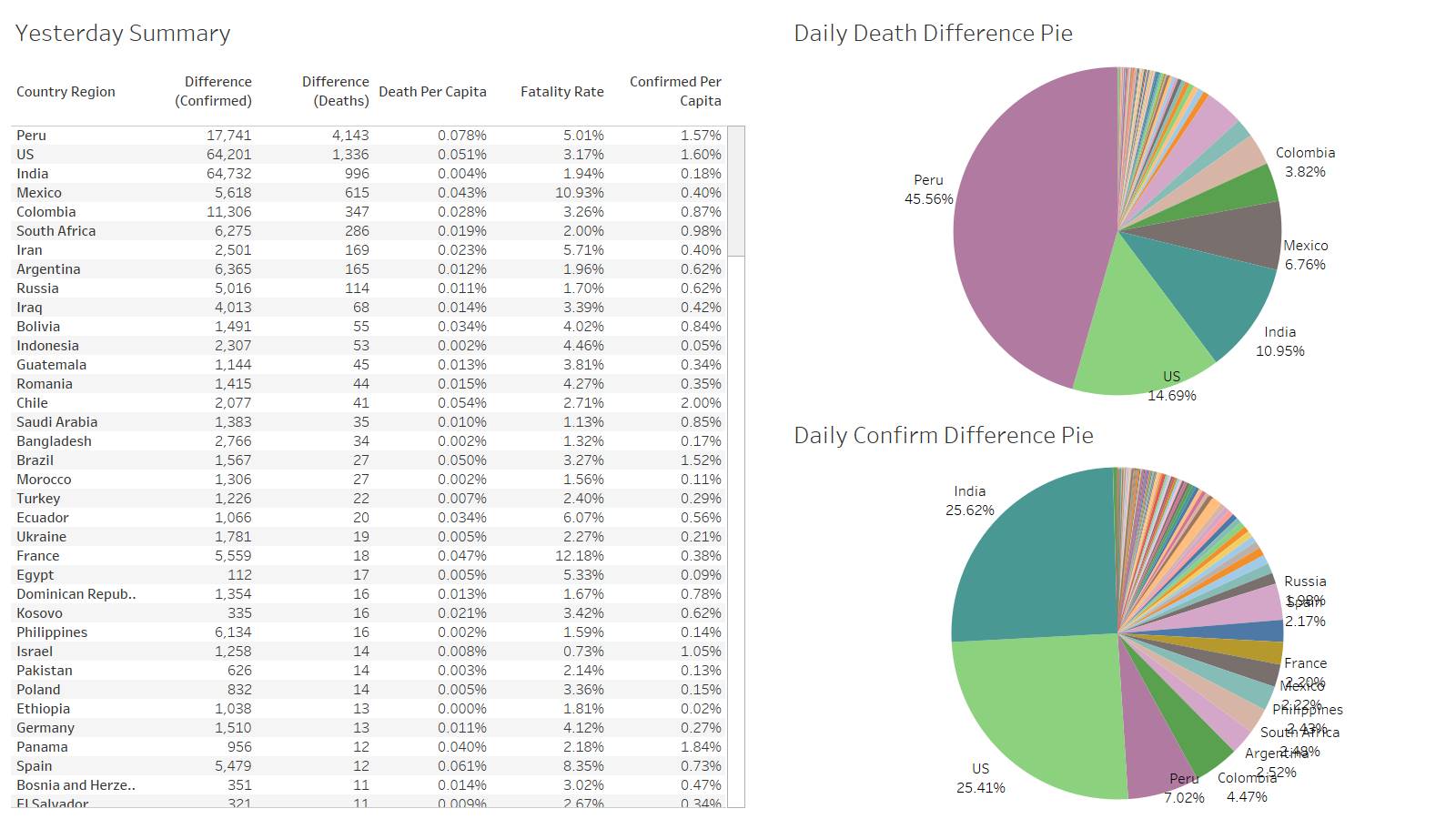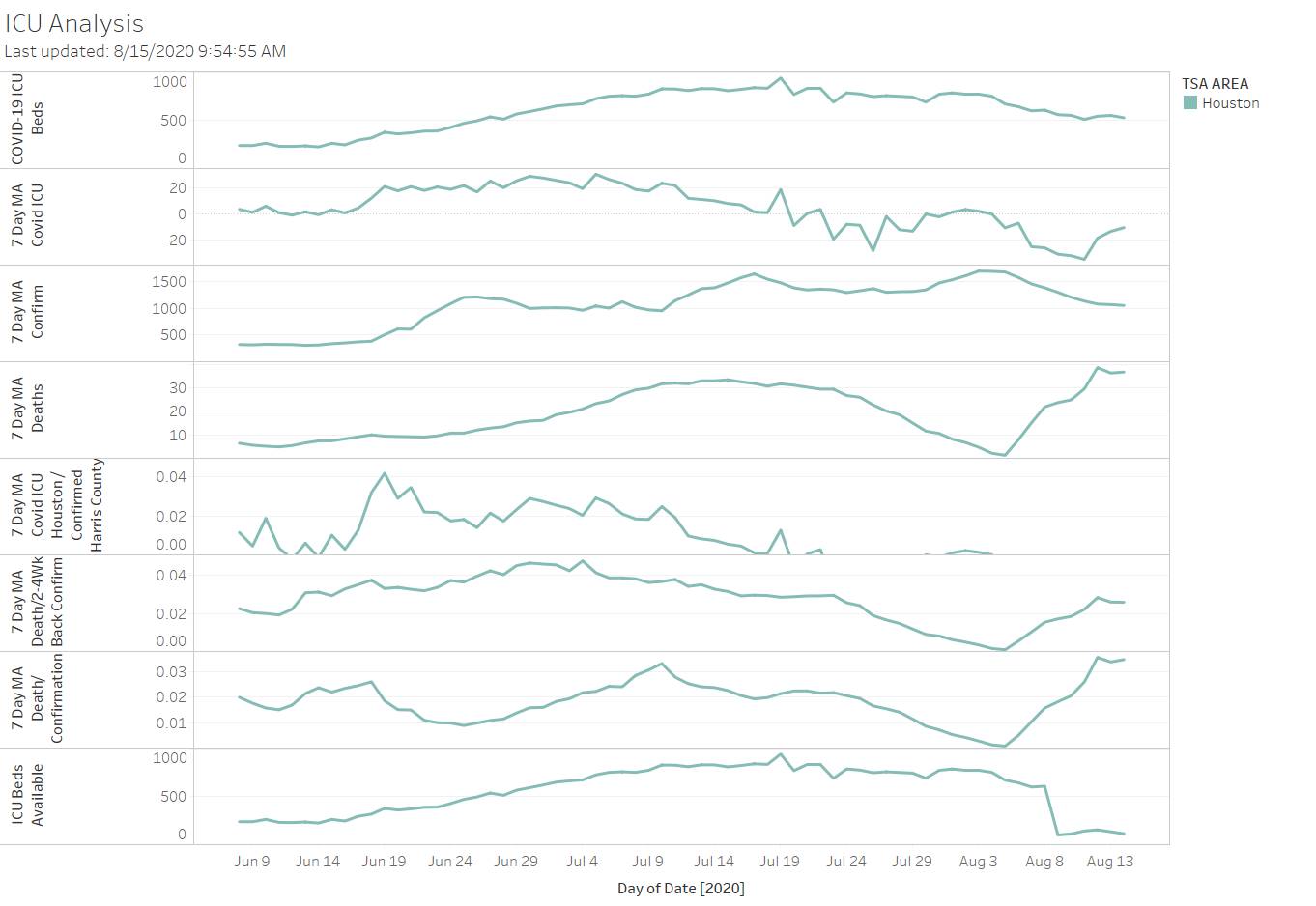Making more headway in terms of the discussion of indoor spreading and HVAC concerns – finally – https://www.npr.org/sections/goatsandsoda/2020/08/15/897147164/can-air-conditioners-spread-covid-19
“Among scientists, there is ongoing debate about the extent to which aerosol transmission causes infection. However, it has been generally accepted that it does occur, especially in closed indoor settings. Consequently, there’s a possibility that air conditioning may be a potential route of transmission — sucking in virus particles breathed out by an infected person and then blowing those infectious particles back out in the same room or even another room several floors away.
In fact, other infectious diseases such as measles, tuberculosis, chickenpox, influenza, smallpox and SARS have all been shown to spread through heating, ventilation and air conditioning systems.”
“What we do know is this: HVAC systems primarily recirculate air in a room or a building and don’t bring in any fresh air from outside. So yes, theoretically virus-containing aerosols could be sucked into an air conditioning system and then circulated around a building.
In one study, which is available online as a pre-print and has not undergone scientific review, researchers in Oregon collected samples from various places inside a hospital’s HVAC system and found genetic material from SARS-CoV-2, the virus that causes COVID-19. This demonstrates that it may be possible for the virus to be transmitted through HVAC systems.
However, researchers did not assess if the genetic material they found was able to cause infection, and they noted there were no confirmed COVID-19 cases associated with the samples found in the ventilation systems.
There is currently no other evidence documenting the possibility of COVID-19 transmission through an air conditioning unit.”
“The bigger risk, says Edward Nardell, a professor of environmental health and immunology and infectious diseases at Harvard Medical School, is that hot weather outside causes people to seek air-conditioned comfort indoors. And indoors, there is less ventilation and more opportunity to spread disease.
"It is not the air conditioner that is doing anything particularly," Nardell says. "It is the fact that you are indoors, you are not socially distancing and you are rebreathing the air that people have just exhaled."”
I actually don’t disagree with the last statement – I would say CAN the air conditioning HELP reduce viral load – AND that’s where the answer lies – IT CAN if we modify it to bring in more fresh air – We can put a better “mask” on it by putting better filters to UV filtration. Why not do what we can to reduce viral load when its not rocket science or so costly? You will get ancillary benefits from better smelling rooms to reduction from other sickness and better allergic environment.
Peru reported an amazingly amount of deaths in one day – must be an accounting issue/ backlog 4143! They have been in lockdown since March 16th so it would seem the lockdown policy is not effective either not able to implement and/or the efficacy of the lockdown is extremely bad. The confirmed per capita in Peru is very high.
“Throughout the stringent four-month lockdown, Peruvians were forbidden to leave their homes unless they needed essential goods; nighttime curfews were enforced, borders were closed, businesses shut down, and a mask order was implemented.
A national mask mandate went into effect on April 7; the government even sent out masks to all people not willing to buy their own.”
Texas leads as US state death at 307
However on county level LA CA leads at 102
Harris county death surge perhaps as result of last month confirmation and it takes that long to death from confirmation 30days – from the quick search I looked up it looks like 4 to 10 weeks is a typical range of death from confirmation.
Peru death spike certainly look like an accounting issue.




